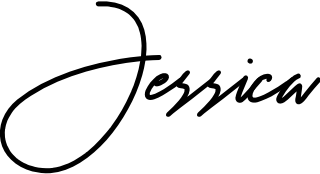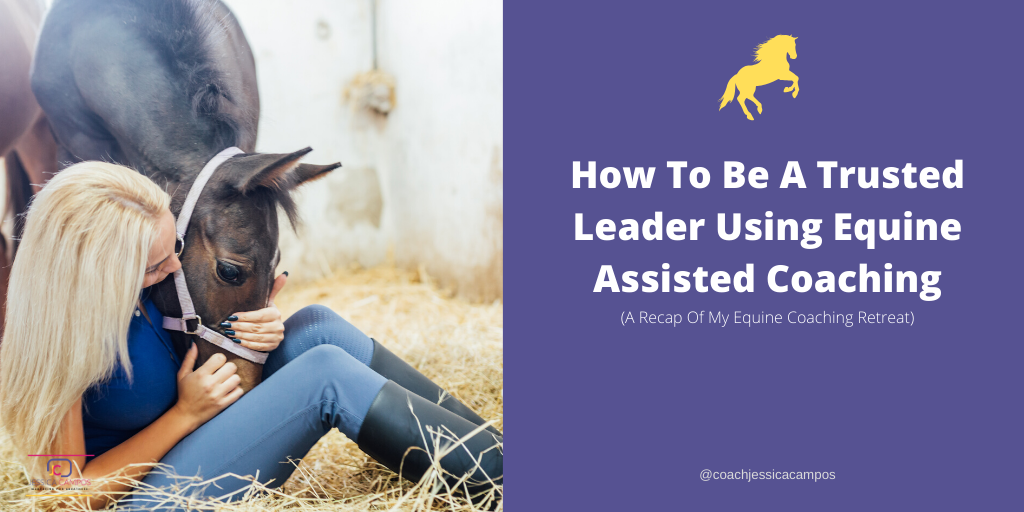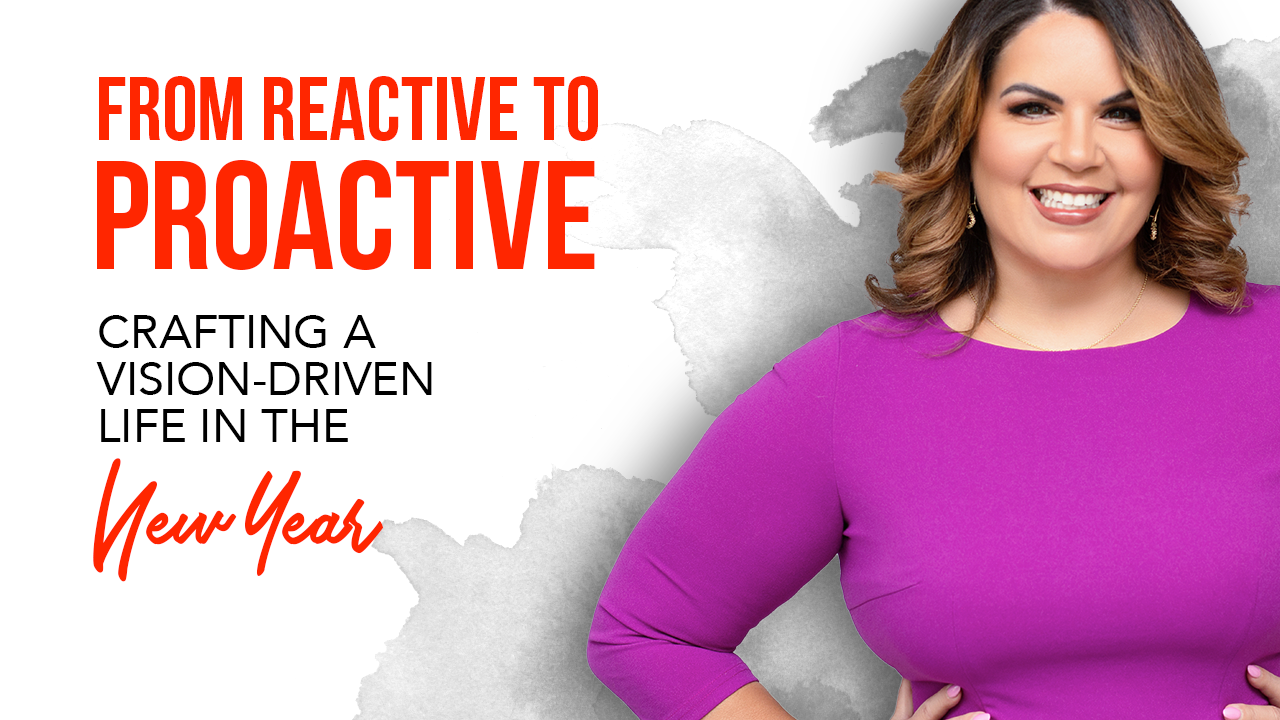(A Recap Of My Equine Coaching Retreat)
Wondering if your leadership skills are setting you up for success? How do you know if you truly influence people?
Your leadership matters. And what’s very interesting, is that leadership is one of those skills that are needed for everything we do. As individuals, parents, and professionals.
With leadership being such an important quality, refining those skills should be a top priority. At least it is for me!
So, I learned about a leadership training that uses horses to help you become a better leader and was so curious that decided to give it a try! This has been, by far, one of the most fascinating experiences!
If you’re up to learning everything I got from my partner – a horse! Keep reading!
The Story of Equine Therapy
You might think that equine therapy is a new-age thing but actually it’s not. Horses have been used in therapy for a long time!
Hippocrates, commonly referred to as the father of modern medicine, wrote about equine-assisted therapy being used in ancient Greece.
Therapeutic riding rose to prominence in the 1950s and 1960s in Europe, bolstered by Danish Olympic dressage silver medallist Lis Hartel, who claimed to ride helped her recover from polio.
Children with autism also benefit from equine therapy due to the motor, emotional, and sensory sensations that come with riding a horse.
Although equine therapy itself hasn’t been deeply studied, research shows that horses are acutely tuned in to human emotions, and anecdotal accounts of their therapeutic impact abound.
Recently, life coaches who are equine specialists are using horses to facilitate their coaching sessions with their clients.
Why Horses?
Unlike smaller therapy animals like dogs and cats, these gentle giants have a calming effect that’s magnified by their size and empathy.
Horses are herd animals known for attuning themselves to human emotion, often reflecting the behaviors of those around them.
Since horses are herd animals, it’s important to have an understanding of their herd “rules”.
When horses are in a herd, their behavior is hierarchical; the higher-ranked animals in the herd eat and drink first. Low-status animals, that eat last, may not get enough food, and if there is little available feed, higher-ranking horses may keep lower-ranking ones from eating at all.
Traditionally, scientists study how animals communicate with one another focused on traits that humans also have, such as body language. However, Jennifer Wathan, a Ph.D. student at the University of Sussex in the U.K. decided to study communication avenues that humans lack.
For horses, moving ears is one of the fascinating facts on how do they communicate. Source: National Geographic.
Horses are one of the most perceptive of all domestic animals. Since they are a prey species, they must be able to detect predators. A stimulus unnoticed by humans is often a cause for alarm for horses; as riders and trainers, we commonly mistake this reaction for “spookiness” or bad behavior.
Horses are highly social animals. They are not happy about being alone.
Benefits of Equine-Facilitated Coaching
You might think “do I really need to work with a horse”? I get it! I’m afraid of horses too! But the more I read about this topic, the more interested I became.
Trying to get a thousand-pound animal to do what you want is no easy task.
If you are unaccustomed to being honest and communicating clearly, the task becomes more difficult. Oh boy! That made me nervous but intrigued at the same time.
Why Is Equine Coaching So Powerful?
Horses can be an emotional mirror for humans. They respond to the feeling state we show.
Horses can help individuals identify their feelings. Addicts, in particular, are known for numbing their feelings through the use of drugs and alcohol. When they get clean, they don’t know what to do with, or often how to identify, their feelings. This is a confusing and frustrating period for addicts. The horse, however, provides information to the client. If one walks angrily toward a horse, snatching its halter or lead, the horse will yank its head back and pull away.
During a session, the facilitator might ask the person, “What are you angry about?” Most of the time, the client will deny being angry and need to be shown the evidence of the horse’s behavior to identify the feeling.
Addicts and other trauma survivors have to learn how to identify their emotions in order to work through them. Horses are a good tool for therapists to help clients do just that.
Equine Coaching
Equine Therapy is commonly used in individuals who need to release from trauma. However, that’s not the only modality where horses can assist.
A life coach can be an equine specialist and coach their clients using horses as a resource to facilitate an experiential coaching session or coaching events and that’s where the term equine coaching comes from.
Equine Coaching In Central Texas
Central Texas is blessed to have Genesis Farm, founded by the Hollywood actress Sandra Dee Robinson whose mission of making a difference by empowering others to find their passion and live the life they’re supposed to live.
Sandra is a motivational speaker, corporate trainer, life coach, equine specialist, and part of our amazing Inner Circle of entrepreneurs. When she first spoke about her leadership workshop and communication training program assisted by horses, I couldn’t help but research.
Sandra’s Leadership Retreats are very special, as they can only be hosted when Texas’ weather allows it. So I’ve been patiently waiting for this retreat!
Since Austin ranked No. 4 in the country among the top cities to start a business, I believe that Genesis Farm’s location attracts professionals and business owners who are driven, motivated, and always open to receive growth strategies.
Recap of My Retreat at Genesis Farm
First and foremost, this recap is totally coming from my personal experience and I am pretty sure that if the other ladies that came to the retreat write their recap, it will look completely different.
We were a group of 6 amazing ladies. Sandra welcomed us with a refreshing breakfast at her cowgirl barn, followed by caffeine of course! It was a cool morning, but we had plenty of resources to stay warm.
After receiving a brief overview of how horses can help us grow, we were ready to go to work! At that point, none of us had no idea of how “working with a horse partner” looked like. But 100% of us were totally curious.
The retreat consists of 4 exercises directly interacting with horses which I totally loved! Then we had other dynamics that encouraged us to reflect on what we learned. The best part? You walk away with a breakthrough that will impact your life forever.
The fact that you’re able to get so much wisdom within hours of interacting with your horse partner, it’s just great. It reminds me of SI (strategic intervention) method used by Tony Robbins.
In a nutshell, SI is a healing methodology that consists of ground-breaking strategies incorporating the revolutionary Human Needs Psychology and other high-quality disciplines, to release stress, anger, fear, overeating, depression, pain, negative patterns, sexual dysfunction and even long term addictions. Nelson Mandela and Mahatma Ghandi are examples of masterful Strategic Interventionists that transcend religion, culture, institution, job description, or political philosophy (as Strategic Intervention should).
While we can’t quite say that equine coaching is a methodology under the SI umbrella, I’ve personally worked with facilitators of the SI method and their ability to help others change habits and overcome limited beliefs is just as impressive as the horse therapy I experienced at the retreat.
Learning From Horses (Lessons From The Hoard)
Our first exposure to the horses gave us the chance to observe the herd. One thing that Genesis Farm does is that they make sure their horses rotate. This is important for both the participants and the horses.
We were asked to pay attention to how the horses were using their body language. Some horses were together, modeling, pretty much, what one horse was doing. Then, another horse was in the opposite direction.
Who is the leader? If you think it’s the dominant horse, think again. The dominant horse is rarely the one who makes the first move to get the herd going. The first lesson is there! So… if you’re the type-A personality who is used to be dominant and strong, to show others who is boss, this will make you reconsider your leadership style.
So, who is the leader then? Leadership, in a herd, has been defined by experts as the ability to initiate, recruit, synchronize, and coordinate the movement of others. Horses are prey, so the leader is the one who is able to keep calm and lead the way.
In the horses world, leadership has nothing to do with gender. It can be male or female. So here’s another instant lesson that I took as a woman. We have the ability to lead and take charge, no matter what.
Another lesson we learned by observing the herd is that great leaders are highly intuitive. The intuitive nature of horses can be easily understood as it is a prey animal. In order to survive it has to know the intentions of all those within its proximity. “Am I safe?” is a question the horse is constantly asking. The horse actually intuits whether or not it is safe, if it can trust those around it to support its safety and, rather than thoughtfully analyzing its situation, actually feels through its intuition the correctness of its actions.
Our First Challenge: Show The Horse Who Is Boss
In theory, all you need to show the horse who is boss is to project safety for your horse. But how can you project safety when you’re afraid?
If you think for a second, this is a very common scenario that we get to practice in real life, every time that we are exposed to any of the following:
- A job interview
- A sales presentation
- A public talk
- A workshop
- Your first date
- A difficult meeting
All of the scenarios above expose us to be nervous! How many times you’ve been so nervous that you turned yourself into a fool and showed no presentation skills? I’m sure you think of that moment and you wish you could disappear from the scene!
I’m glad I gave myself permission to stretch from my comfort zone. This was my very first time interacting with a horse. I’m not a horse lover and had very little information about horses, prior to this event. But I wanted to try something different!
Using our intuition, we picked our horse partner, and with Sandra’s assistance, we were told to “show the horse who is boss”.
For all of us, the first couple of minutes were very difficult. Our natural instincts made us be gentle, soft, and careful. However, that’s not being the boss.
Some of us during that first session had a very difficult time taking charge of the 1,500 pounds animal when you simply don’t know if you’re getting them upset. And guess what? This is another lesson that you can apply in real life to develop your personal leadership, especially if you’re a mom.
Do you feel like you give in too fast? Are you not taking charge and making difficult decisions to discipline your kids, simply to avoid chaos? These are all life skills we can learn.
Sandra guided us on how to use our voice, energy, and body to make the horse feel connected and trust in us. She also gave us pointers to understand the horse’s body language. This was so interesting!
It turns out that, every time we get angry, scream at our kids to project authority, to ask them to do something, we are failing at parenthood. This is why kids don’t do what we ask them to do. They either ignore us or avoid us. We get mad and the cycle continues! This is where a communication skills training comes handy!
When your kids avoid you, what do you do? Scream louder? Punish them? Threat them? Those seem to be the most common options. Well, horses can teach you that there is a different way to parent your children. Wait, that too?
Yes. When the horse is not paying attention and you want to show them who is boss, you reclaim your connection and gain their attention. Then you reclaim trust in the relationship. This is exactly how you do it with your horse. And of course, you can do this with pretty much anyone! This first step – how to show the horse who is boss was my entire lesson for the day!
This first challenge made us taking a leadership practices inventory!
After seeing the dynamic of showing your horse who is boss with all the participants, I was able to see patterns and develop my own leadership lessons. I called it how to be a loving leader.
Becoming A Loving Leader
Projecting trust and confidence requires more than knowing what to do. A recent study by Bloomberg revealed that four in 10 corporations and almost half of the academic institutions believe that recent graduates lack certain so-called “soft skills” needed in the workforce to be successful, including emotional intelligence, complex reasoning and negotiation, and persuasion.
Becoming a good leader is about influencing others to follow you in a positive way. I personally added “loving” leader because I personally prefer a leadership style that is gentle but assertive and clear, rather than dominant and based on fear.
The way we lead the horse reminded me of some of the lessons Dale Carnegie revealed in his book How To Win Friends and Influence People:
- Begin in a friendly way.
- Be a good listener. Encourage others to talk about themselves.
- Become genuinely interested in other people.
- Ask questions instead of giving direct orders.
- Arouse in the other person an eager want.
- Use encouragement. Make the fault seem easy to correct.
- Make the other person happy about doing the thing you suggest.
So How Do You Show The Horse Who Is Boss Without Getting Hurt?
It took us 3 interventions with the horses to really learn the lesson on how to show the horse who is boss.
To me, during the first intervention, I needed to control my fears in order to connect with my horse partner. The way I was able to connect was by simply ask her questions like “can I touch you?” “is it ok I stand up here?”. Those lead me to gain more confidence in the process.
Once I gained confidence, my next task was to make the horse follow me. Keep in mind, there are distractions.
How can you get the horse to follow your lead?
You increase your energy, your connection, and keep focused so the horse can “sense” that you’re the boss.
The 5 Elements Of Leadership (Learned From The Horses)
- Connection– this connection needs to be honest, transparent. The horse will sense if you’re not honest. You need to be “grounded” and present.
- Belief– you need to believe you’re a leader, or else the horse won’t sense that you’re the leader.
- Trust– the horse needs to trust you, in order to follow you. Sometimes this step is all about you trusting yourself.
- A plan of action- the horse will take you up on the leadership charge and is expecting that you tell them what to do. You need to take action!
- Congruency– once you get the horse moving, you must keep up your connection, belief, trust, and execute your plan of action, or else the horse will stop following your lead.
These lessons were transformational for me and I could immediately see opportunities to improve some of my most meaningful relationships and roles.
Learning How To Set Up Boundaries
Have you ever been in a relationship where the other person took a lot from you, and you ended up receiving nothing? Not even a thank you note? Has this happened more than once? Is there a chance that you can see a pattern?
Our belief system has been programmed for so long that we no longer notice that something is necessarily wrong. We just learn how to live like this. The longer we accept the “just ok” living, the farther we get from living the life we truly want.
We become a people pleaser, complacent, and others take advantage of us. Or, on the other side of the spectrum, we close our lives and decide not to trust anyone. We become isolated, depressed, frustrated, and unable to keep a healthy relationship.
Horses can teach you how to set up those boundaries!
This intervention was fun! Our buckets had food and we needed to show the horses that they can’t get it.
During this exercise, I was able to “channel” all my energy to ignore the horse completely. At first we had just one. Then we had two!
I feel like my plan worked out! Both horses tried to distract me but quickly realized that I wasn’t gonna give in. I wish I can do this with my kids when they ask for things and put that irresistible face! No is no!
This was, again, another lesson we all can use forever!
Can you notice in the picture below the body language? By the way, the beautiful white horse’s name is Blue. And the smaller one is Coco. They are both so cute. It was hard to say no! But we did it without feeling guilty! This is another area where having a life coach comes handy! They see what you can’t see.
Keeping Up Your Great Energy
Interacting with the horses the entire day made me realize how important is to keep a great energy individually and collectively.
We saw how the horses were stressed when we, as a group, were nervous and afraid.
In the afternoon, the energy was different. All of us experienced different experiences with our horses. It was easier to lead for sure. I wasn’t afraid. I was convinced that I can take charge! The horses were way more relaxed too!
For someone who has never been comfortable around these big animals, this picture is for sure the breakthrough.
I’m definitely coming back for more!
What are your thoughts? Do you consider yourself a great leader? What do you think the horses will say?










